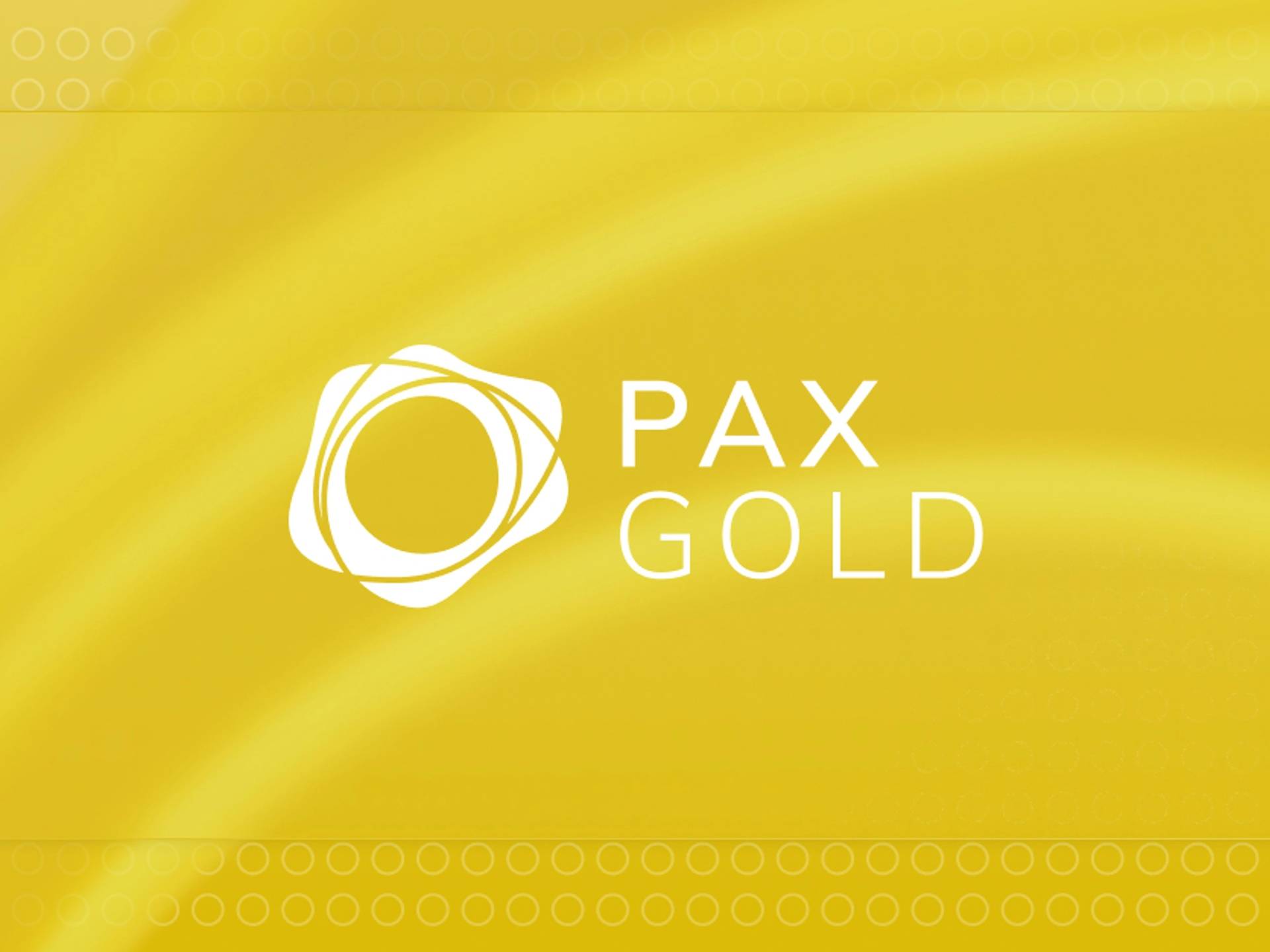订阅 wiki
Share wiki
Bookmark
PAX Gold (PAXG)
PAX Gold (PAXG)
PAX Gold 是 Ethereum 区块链 上的代币化资产,每个代币代表存储在安全金库中的一金衡盎司实物黄金。它提供基于 区块链 的黄金所有权,并能够转移、交易或赎回该资产。[1]
概述
PAX Gold (PAXG) 是由 Paxos Trust Company 发行的 ERC-20 代币,代表实物黄金的所有权。每个代币都由存储在 Brinks 金库中的一金衡盎司伦敦合格交割黄金支持。PAXG 于 2019 年 9 月推出,允许用户以数字方式交易、转移和验证其黄金持有量,从而提供比传统黄金市场更快的结算速度。纽约州金融服务部对该代币进行全面监管,每月审计确保其代币供应与实物储备相符。
为了使黄金投资现代化,PAXG 的设计旨在使黄金更具可分割性、可交易性和可访问性,同时保持实物所有权的优势。Paxos 为代币持有人持有黄金,他们可以将 PAXG 兑换成金条、法币 或其他数字资产。作为一种 区块链 上的 稳定币,锚定 黄金,PAXG 在 加密 生态系统中获得了支持,包括在推出后不久,加密 贷款机构 Nexo 以 500 万美元的价格收购。[1] [5] [6]
特点
PAXG (Pax Gold) 提供的功能使其成为实物黄金的灵活且安全的数字表示。它完全由存储在安全金库中的伦敦合格交割金条支持,每个代币对应于特定的金条,从而实现可验证和分配的所有权。PAXG 在 Ethereum 区块链 上运行,可实现 24/7 全球可转移性,并支持最低投资额为 0.01 PAXG 的部分所有权。该代币受纽约州金融服务部 (NYDFS) 监管,Paxos 保持严格的资产隔离,以确保代币具有破产隔离性。
用户可以将 PAXG 兑换成实物黄金、非分配黄金、法币 货币或其他数字资产。零售和机构投资者可以通过 Paxos 或附属黄金零售商将代币转换为黄金。智能合约 基于经过审计的 Paxos 标准代码,并进行了额外的安全审计以确保可靠性。PAXG 不收取存储费,并提供较低的创建、赎回和交易成本。其可编程性和与 Ethereum 钱包和交易所的兼容性使其能够无缝集成到交易和 DeFi 应用程序中。[1] [6]
实用性
PAXG 是实物黄金的数字替代品,为投资者、交易者和 加密 用户提供实用性。Paxos 根据用户需求创建和销毁 PAXG 代币,允许账户持有人在 PAXG、美元和 Loco London 账户中的非分配黄金之间进行转换。那些拥有超过 430 盎司 PAXG 的人可以将它们兑换成实物金条。持有人还可以通过在 Paxos 网站上输入他们的 Ethereum 地址来查看其黄金的序列号和特征。
该代币专为众多用户设计,包括零售和机构投资者,并支持在全球 加密 交易所进行交易,通常与 比特币 等资产进行交易。PAXG 吸引了那些对黄金的稀缺性和独立于中心化实体感兴趣的个人,并且它在 区块链 平台上的存在使其能够无缝集成到数字金融生态系统中。此外,PAXG 在借贷市场中发挥作用,可能会使持有人能够通过 加密 借贷平台赚取利息。[1] [5]
技术
PAX Gold 是一个 ERC-20 代币,构建在 Ethereum 区块链 上,使用标准化的 智能合约 协议,该协议定义代币属性、跟踪余额并促进转移。它与 Ethereum 的集成确保了与现有基础设施(如钱包和交易所)的兼容性,并受益于 Ethereum 的安全性、去中心化和透明性。PAXG 可以与 去中心化应用程序、自动交换协议和其他 智能合约 交互,从而在基于 Ethereum 的金融服务中实现无缝实用性。
PAXG 的所有权代表分配的伦敦合格交割金条的部分份额,每个代币都链接到由序列号和重量标识的特定黄金。Paxos 尝试最大限度地减少分配给每个用户的金条数量,但持有人可能拥有多个金条的份额。代币分配可能会定期更新,以反映转移、赎回或其他活动。虽然 PAXG 目前仅限于 Ethereum,但如果出现实际好处,未来会考虑在其他 区块链 上进行部署。[1]
发现错误了吗?
